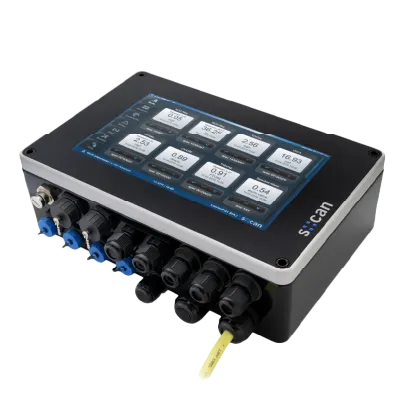Water Quality Data & Workflows
The monitoring system is a valuable tool for ensuring the quality of your water. It provides data on things like temperature, pH, pressure and flow rate. This information helps you to make sure that everything is working correctly and that any problems are quickly identified and addressed.

Advantages

Anomaly Detection

Fluctuation Alarm

Overall Detection Capabilities
Monitoring data can also be used for training purposes. For example, if you have sensors in place that measure the volume of water flowing through a pipe, you can use this data to train an AI model to predict how much water will be available at different times of day. This could be useful if you have a limited supply of water or if you want to conserve resources by not using more than necessary.


When monitoring devices send their readings back to your computer, they typically do so via a sensor network protocol such as Modbus/TCP or BACnet/IP. These protocols allow devices to communicate with each other as well as with software applications running on the PC server. They also allow messages sent by one device to trigger actions on another device or application (e.g., turning off a pump).
Monitoring the quality of water helps determine if there are any changes in the environment that affect it negatively. It also helps detect pollution in rivers, lakes and oceans which can be harmful to humans, animals and plants alike. Water quality monitoring can be done using various methods depending on what type of data you need from your samples. There are various types of sensors available today that can be used for measuring different parameters in water samples such as dissolved oxygen (DO), turbidity, pH and temperature among others






